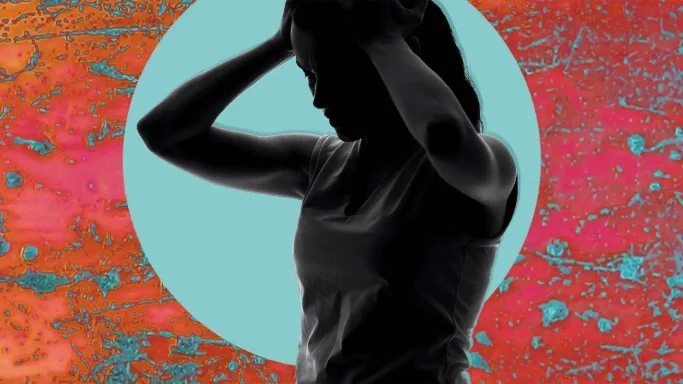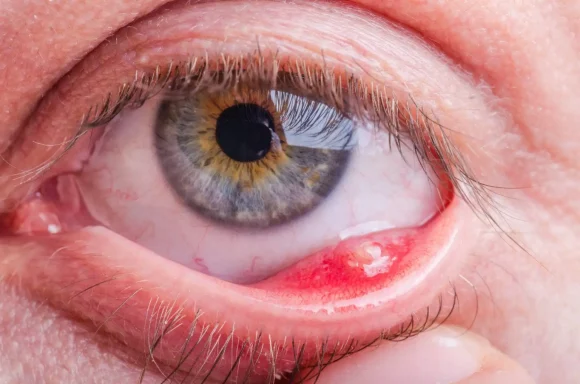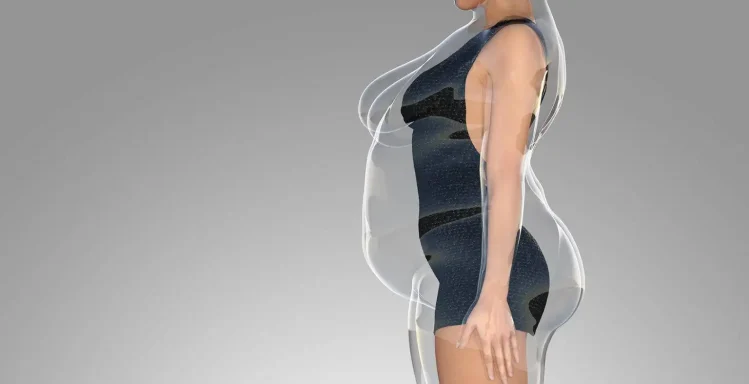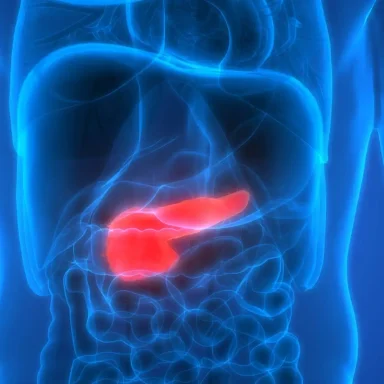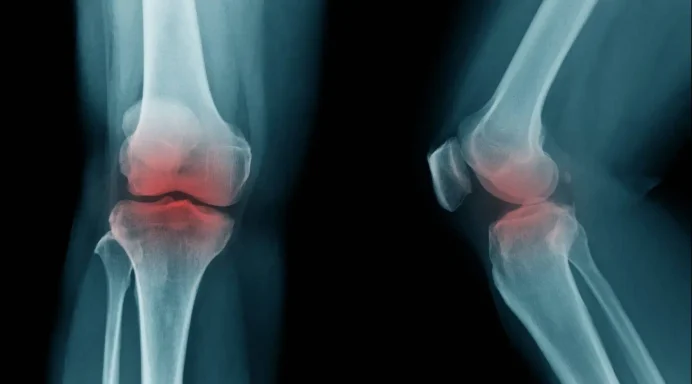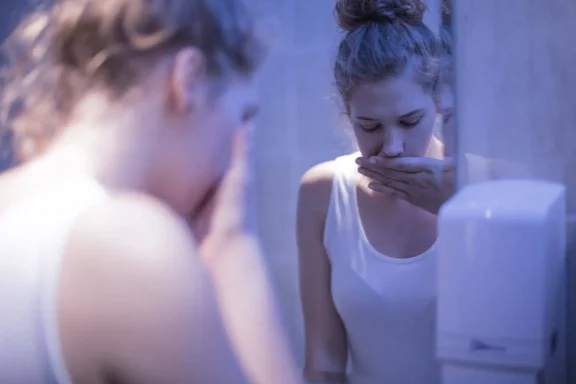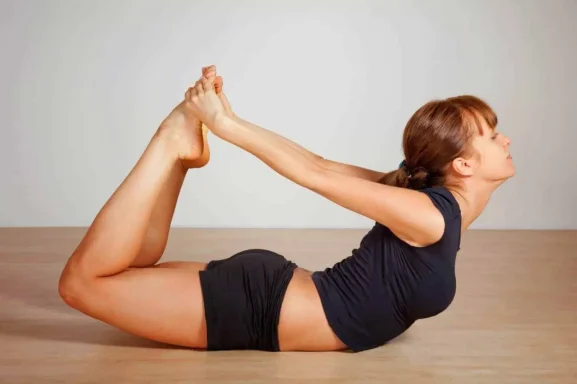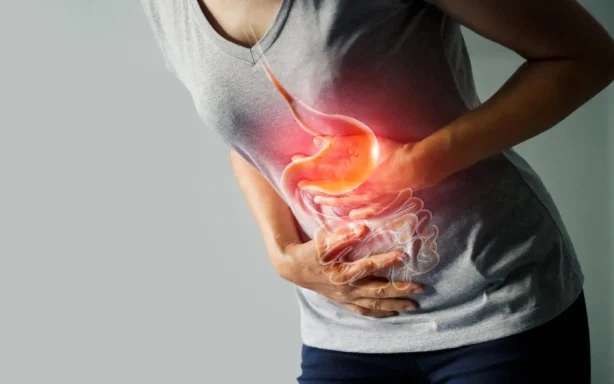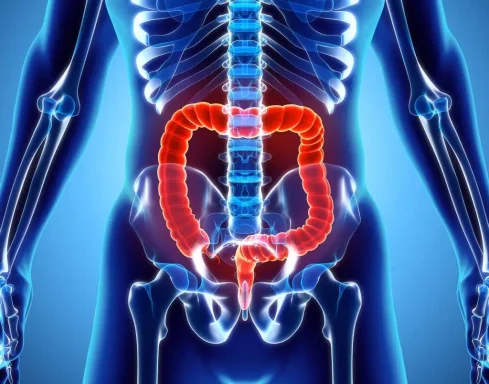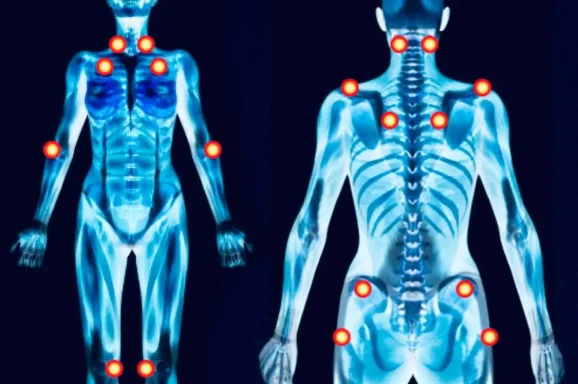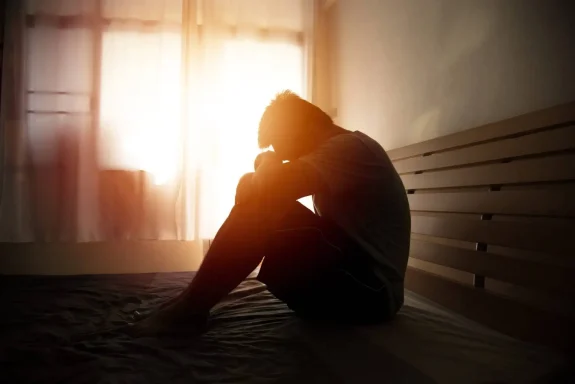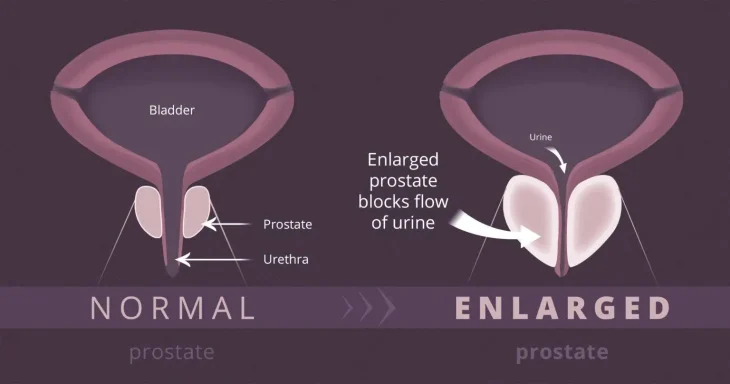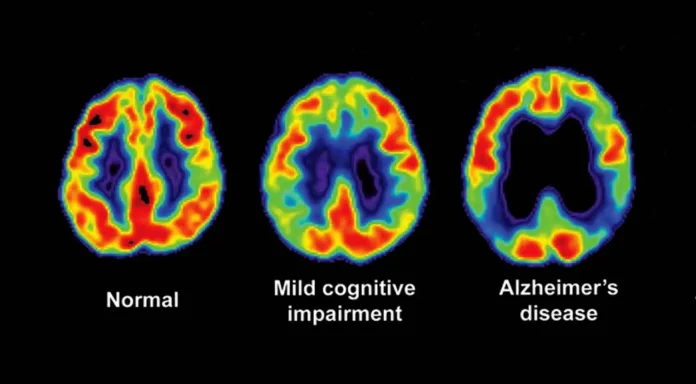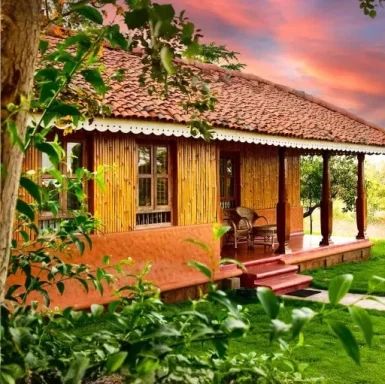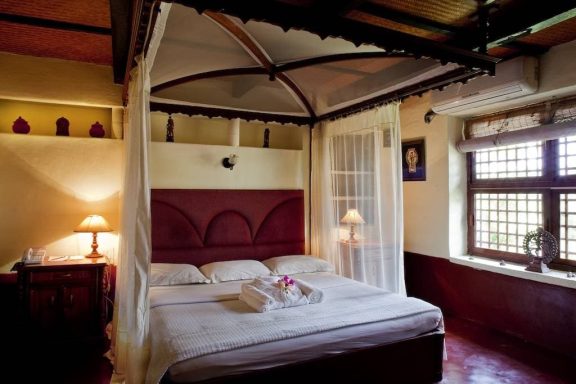Conditions Treated With Ayurveda/Naturopathy
Qualified Ayurvedic practitioners discuss each specific case and formulate a customized treatment plan for each ailment.
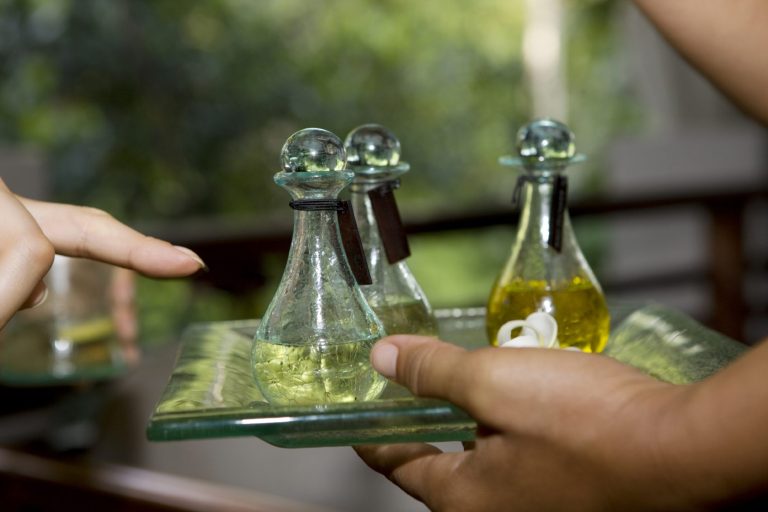
Ancient Wisdom, Modern Wellness
Ayurveda & Naturopathy
Embark on a transformational journey of Rejuvenation, Detoxification and Holistic Well-being at our award winning, world class 23 acre ayurvedic and naturopathic center nestled in the hills of Southern India. From luxurious cottages, air conditioned suites, to double rooms with garden views.
Ayurveda is a well known acknowledged traditional Indian system of medicine that emphasizes holistic health and well-being. It is based on the belief that the body, mind, and spirit are interconnected and that maintaining balance between these three elements is essential for good health.


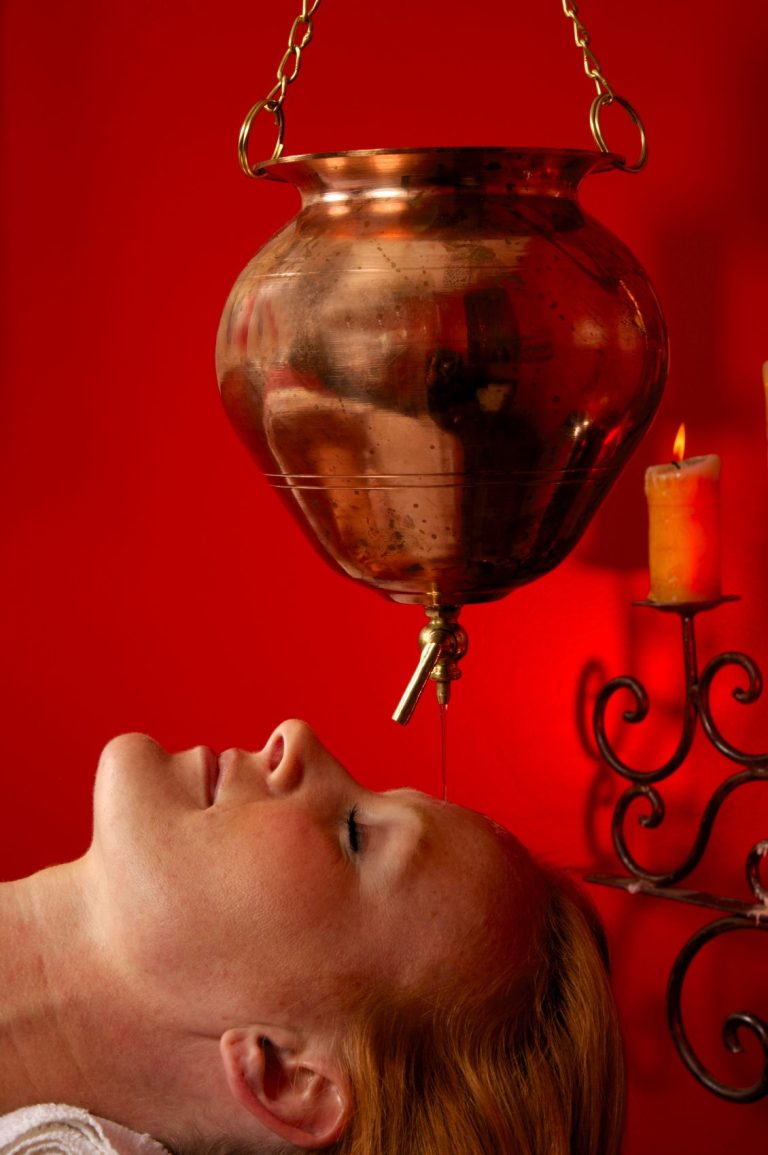


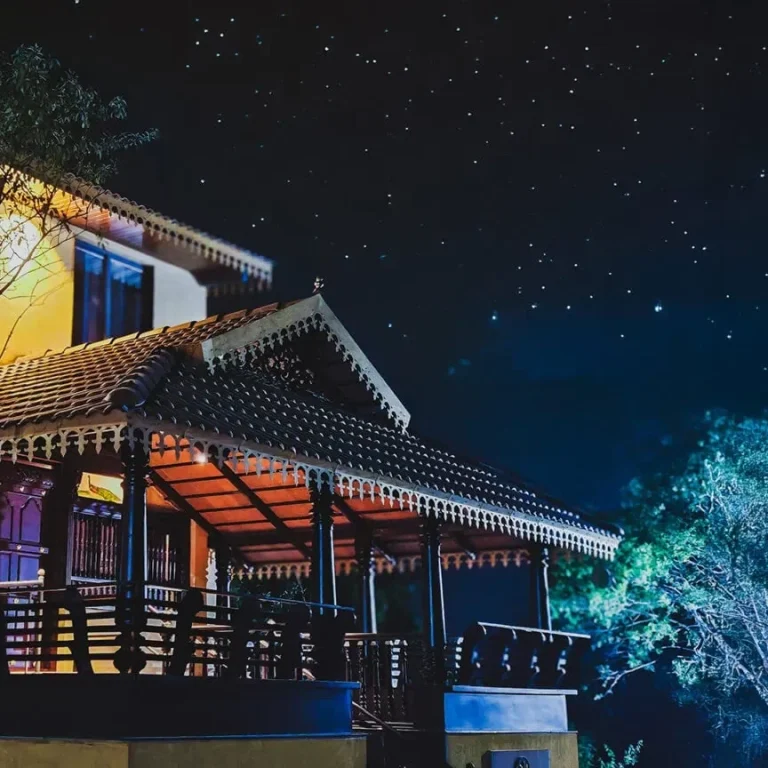
Our Facilities and Amenities
Our Center is nestled in the hills of Southern India sprawling over 23 acres with abundant open spaces, swimming pool, yoga room and a variety of accommodation from luxurious to modest.
Key Principles of Ayurveda
Ayurveda identifies three primary forces in the body called doshas (Vata, Pitta, and Kapha) that regulate various bodily functions.
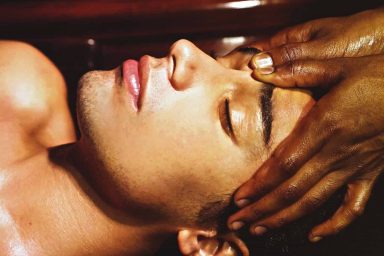
Balance
The goal of Ayurveda is to restore balance between the doshas through various treatments and lifestyle modifications.

Holistic Approach
Ayurveda considers all aspects of a person's life, including diet, exercise, sleep, and mental health, when treating health issues.

Natural Remedies
Ayurveda primarily uses natural remedies such as herbs, spices, massage, and yoga to promote health.

Treatments
Ayurvedic treatments may include:
Herbal remedies, Dietary changes, Massage, Yoga and meditation, and Panchakarma (a detoxification procedure).
Some Of Our Ayurvedic Treatments
Ayurveda treatments may include: Herbal remedies, Dietary changes, Massage, Yoga and meditation, and Panchakarma (a detoxification procedure).

Navarakizhi (SSPS)
Pinda Sweda (Shastik Sala) is an important treatment that is both a nourishing and detoxifying treatment. The treatment is warming and is known to melt toxins in the body without aggravating pitta. The treatment is performed by five therapists who make use of rice filled boluses. The boluses contain herbs, a special blend of different kinds of rice, pressed herbal oils, and a decoction of various herbs, which are then cooked in warm, medicated organic milk for many hours. The concoction is then tied up in a cloth and dipped in heated medicated milk.
These boluses are then used to conduct a synchronous massage all over the whole body by four specially trained Ayurvedic therapists.
Shastik Sala Pinda Sweda helps to rectify Osteo and Rheumatoid Arthritis, muscle pain, body aches and stiffness, it improves circulation and strengthens body tissues, and helps with sleep. It is also a potent anti-ageing and rejuvenation treatment.

Udvarthana
A specialized weight-loss treatment where warm herbal paste made with grains, herbs, and a small amount of herbal oil is vigorously massaged onto the body by two therapists helps to balance Kapha. It is also an excellent treatment to help loosen and dislodge toxins that are embedded in the tissues as part of detoxification therapy.
Aromatic herbal paste prepared with special oils is used to scrub and remove dead skin. The herbs and oil gently work deep into your skin. Weight loss program, Udvarthana massage is recommended along with Sweda (a steam-bath therapy). It helps to increase circulation and reduce cellulite, tone muscle, exfoliate the skin, imparts a good complexion to the skin and energises the body.
Depending on the individual, several sittings may be required to get lasting results for the reduction of cellulite. Your Ayurvedic doctor will advise as to how many sessions should be undertaken based on your body constitution. This treatment helps in preventing and reducing wrinkling of the skin and makes one look much younger!

Chakra Basti
Chakra Basti is a treatment that is applied to and focuses on the umbilical region. The region is considered a Nabhi marma in Ayurveda. A Marma area or point is an anatomical location where arteries, tendons, flesh, veins, bones and joints meet to form an anatomical structure. The Nabhi marma or naval is the vital centre where 72,000 nadis (the subtle energy pathways) converge.
Treatment involves bathing the naval region with warm medicated oil or herbal decoction. This treatment supports the navel which is a major marma point connecting the thousands of vibrational channels of the body (nadis) which carry prana or life energy. It is also the seat of the 3rd chakra that influences willpower and individual ego. On the physical level, the treatment helps to reduce digestive and elimination problems. In this deeply profound treatment, one lays comfortably on a massage table while the therapists create a container made of dough that is placed over the navel. The container which has an open bottom is then filled with warm herbalized oil. The oil pulls out negative energy and physical toxins and balances all of the doshas. It is very soothing to the entire physiology while it opens and also balances the third chakra.
The benefits of Chakra Basti are both physical and subtle. Chakra Basti strengthens the solar plexus and relieves digestive disorders, it is known to benefit indigestion and provides relief for constipation.

Kati Basti
The word Kati refers to the waist or lower back area and Basti refers to a container or retainer. This treatment focuses on reducing inflammation and pain caused by Lumbar Spondylosis, Sciatica, and Osteoporosis by maintaining a pool of herbalised oil or herbal water on the lower back. Kati Basti is a special type of Ayurvedic lumbo-sacral rejuvenation therapy using hot oil or herbal decoctions. The treatment starts with a back massage using warm herbal boluses to make the back muscles limber and susceptible to the treatment that follows, where an Ayurvedic therapist creates a dough dam along the spine in which herbal oil is poured into, bathing the lower back with a warm medicated oil or herbal decoction. It is very balancing for Vata, and in particular, Apana Vayu (the final sub dosha of vata that is based in the colon and pelvic cavity). It nourishes the root and second chakra thereby helping to improve libido, urinary problems, prostate problems, and menstrual problems. It also helps with clear mental function and reasoning.
The benefits of Kati Basti are vast and include pain management and relief for chronic and acute backaches, lumbar spondylosis and sciatica, prolapsed disc, and Osteoporosis. It pacifies the Vata Dosha, reduces pain and inflammation, and deeply purifies and improves blood circulation around the lumbosacral area. It’s known to remove rigidity and spasmed muscles around the lumbosacral region, it nourishes and strengthens the bones, connective tissues, ligaments, nerves, muscles of the lumbosacral region, as well as lubricating the joints.

Padashubakari (Pedicure)
An ayurvedic herbal foot treatment performed using various herbal pastes, decoctions and cream. It soothes and softens the top and sole of the foot, improves circulation and revitalises and regenerates sore and tired feet. The feet are washed and soaked in warm water to cleanse them and start softening the skin. Then the thoroughly cleansed feet and nails undergo nail shaping, cuticle caring, and nail trimming as required.
Once the feet are thoroughly cleansed, the feet are then soaked on organic whole milk, which is high in lactic acid and various other nourishing vitamins, which marvellously softens the feet. Once the skin of the feet has been softened the feet are given an exfoliating scrub laced with lemon juice, allowing the citric acid to help remove any dead and stubborn skins cells. Following the scrub, a deeply relaxing therapeutic massage with a warm Ayurvedic oil best suited to your Dosha is done, along with the application of a nourishing foot mask, rich in Neem paste and finally your choice of one of our high-quality nail polishes to finish.
This treatment leaves your feet feeling soft, supple, and alive. During the massage, all of the Marma points in the feet are targeted to ensure that your feet are invigorated and restored by the end of the treatment

Holistic Well Being
All encompassing holistic well being treatment that includes transformative yoga, personalized well-being, beauty treatments, whole body massages, detoxification and much more in a serene luxurious retreat setting.
Panchakarma Treatments
Detoxification Treatments

Raktamokshana - Blood Purification Therapy
Raktamokshana is an effective blood purification therapy, in which carefully controlled removal of small quantities of blood is conducted to neutralize accumulated Pitta toxins of many blood-borne diseases. This is because it decreases the quantum of enhanced Pitta dosha and thus the diseases caused by Pitta are also relieved.
Ayurvedic treatment of Panchakarma works both as curative as well as preventive therapy.
It is used to treat the following:
Pigmentation, Scars, Wound, Osteoarthritis, Rheumatoid arthritis, Pericarditis, Gouty arthritis, Psoriatic arthritis, Atopic dermatitis, Pain, Uremia Inflammations, Allergies, Skin disorders such as Eczema, Allergic Dermatitis, Tonsillitis, Sciatica, Abscess.

Detoxification for Fibromyalgia
Panchakarma is a set of five therapeutic treatments administered in the traditional Indian medicine system of Ayurveda. These treatments are designed to cleanse the body of toxins, allowing a balance of the three doshas: Vata, Pitta, and Kapha.
One uncommon fact about Panchakarma is its connection to the seasons and specific environmental conditions. In Ayurveda, different Seasonal Panchakarma treatments are considered most effective during certain times of the year. For example, Virechana (purgation) is often recommended during the autumn season when the Pitta dosha is believed to be more prominent.
This cleansing and detoxifying program targets the root causes of fibromyalgia by balancing the Vata dosha. Gupta et al. have found that treatments like “Virechana” (purgation) and “Snehana” (oleation) have been effective in managing fibromyalgia-related conditions (Gupta, 2010).

Abhyanga and Swedana
A daily Abhyanga practice restores the balance of the doshas and enhances well-being and longevity.
There is no greater expression of self-love than anointing ourselves from head to toe with warm oil—this practice is called Abhyanga. Our trained therapists perform this signature treatment in synchrony as they gently knead and perform a stimulating and invigorating massage using warm, medicated oil. Abhyanga is a synchronous complete-body treatment performed by two therapists. This four-handed massage represents the compassionate four-armed Goddess of Health anointing the body with medicinal oils that nurture and purify all the bodily tissues called dhatus. No other massage technique can be compared to Abhyanga in any other healing tradition. The treatment integrates and focuses on the various levels we have as individuals, from the most physical to the most subtle and spiritual level. The Abhyanga massage stimulates over one hundred Marma points in the body, thereby balancing the energy flow in the chakras. The treatment starts with a Marma point-focused massage of the head, face and shoulders in the sitting position while your feet are washed with fragrant rose water, followed by a full body massage by two therapists. Marma points are energy centres in the body through which pranic (or life force) energy travels. By balancing and stimulating these points, the physiology and psychology of a person get balanced and strengthened as the flow of prana is encouraged. Our therapists are intensely trained at our training Centre to perform this delicate ritual skillfully.
The Benefits of Abhyanga are numerous; Abhyanga is known to eliminate fatigue, reduce mental stress, create lymphatic stimulation and, by so doing, assist with detoxifying the body, enhancing sleep, reducing anxiety, alleviating depression, promoting a feeling of well-being and contentment, and balances all the doshas.
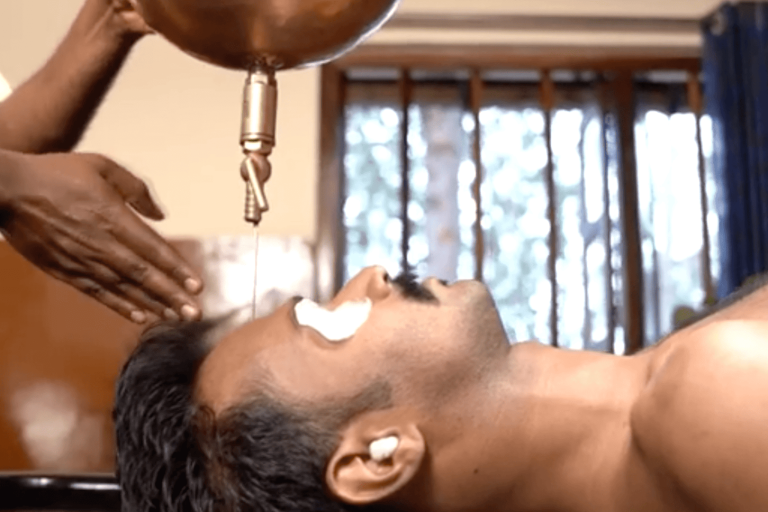
Shirodhara
Shirodhara is a profoundly relaxing therapy that involves an ancient technique of pouring a fine stream of warm medicated liquid slowly onto the middle of the forehead. Shirodhara either uses organic oils, warm whole organic milk, or organic buttermilk (takradhara) that have been infused with a selection of precious Ayurvedic herbs. Depending on one’s health condition and individual constitution, either an oil or milk formula will be recommended by the Ayurvedic doctor for the treatment.
This therapy promotes the experience of transcendence, the sought out experience of moving beyond thoughts to pure inner silence and quiet. Shirodhara brings you into a state of trance and promotes good sleep. It recharges your body, brings clarity to the mind and offers a quiet space to experience your true self.
It is highly beneficial to combat insomnia, depression, tension and tension headaches. It is also an excellent line of treatment for aggravated and burning eyes. Shirodhara offers the best results when performed after a session of Abhyanga.

Pizhichil - Therapeutic Oil Bath for Rejuvenation and Relaxation
Pizhichil, known as the “king of Ayurvedic therapies,” combines the benefits of a gentle massage with a continuous stream of warm, medicated oil poured over the body. This luxurious treatment deeply nourishes the skin, relieves joint pain, improves circulation, and enhances muscle tone.
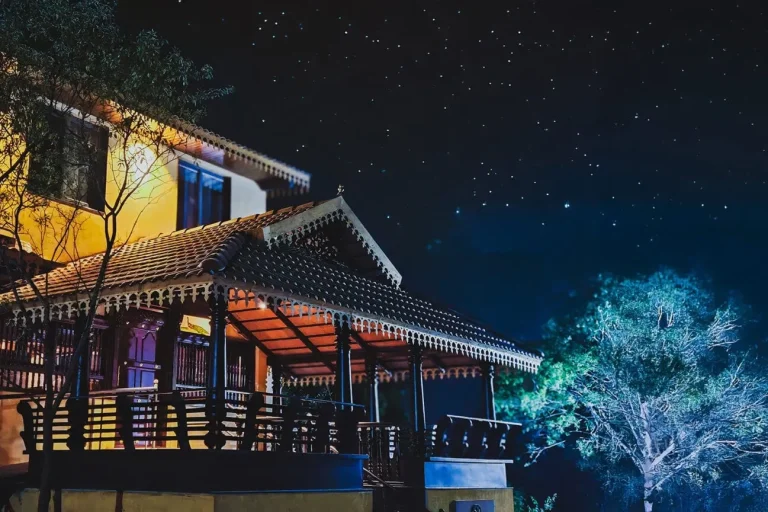
Brahmin Center
Elevating Wellness to New Heights
Experience holistic wellness like never before at the Brahman Centre, our latest addition designed to enhance your healing journey. This tranquil haven features:
- Luxurious Treatment Rooms: Fifteen exquisitely designed spaces offering personalised Ayurvedic and beauty therapies in a serene ambience.
- State-of-the-Art Yoga Hall: A peaceful environment where experienced instructors guide you through practices that harmonise mind, body, and spirit.
- Outdoor Yoga Pavilion: Immerse yourself in nature as you practise yoga amidst the tranquil surroundings, deepening your connection with the environment.
Sample of Our Services and Customized Treatments
Some of our services and treatment. Contact us for specific treatment options and packages.
Ayurvedic Diagnosis of Medical Conditions
A brief description of what each condition is and how Ayurveda diagnoses it for treatment.

Psychological Disorders
The build-up of chemical imbalances in the physiology can create a psychological imbalance. These impurities often aggregate due to poor diet, weak digestion and blocked elimination. According to Ayurveda, psychological disturbances start when fundamental imbalances develop in the deepest level of physiological functioning, the biological intelligence that controls all bodily processes.
Biological intelligence has three divisions called Vata, Pitta and Kapha. When Vata is imbalanced a person becomes prone to anxiety, fear, mental instability and insomnia. When Pitta is imbalanced the individual becomes prone to anger and irritability. When Kapha is imbalanced the person is prone to lethargy and depression.
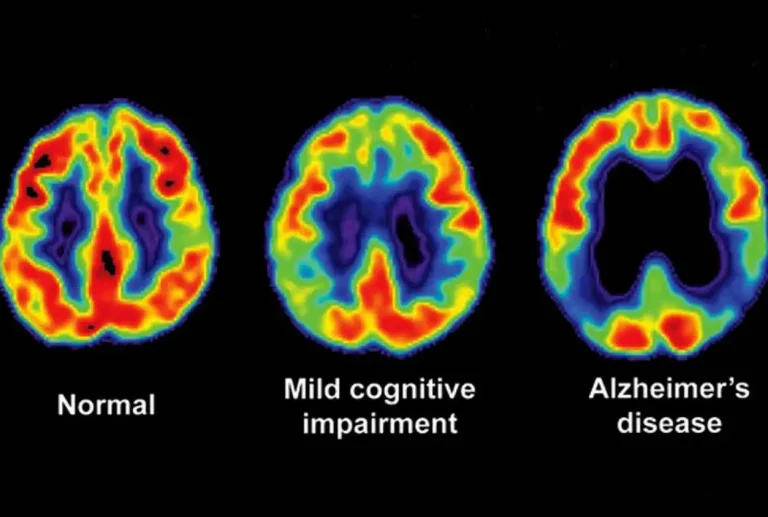
Alzheimers
Alzheimer's disease is a progressive neurological disorder that affects memory, thinking, and behavior. Though it primarily impacts older adults, early intervention and holistic care can significantly improve quality of life. Naturopathy offers supportive therapies that focus on enhancing cognitive health, reducing inflammation, and promoting overall well-being.
According to Ayurveda, Alzheimer’s disease is termed “smruthi nasha”. As Alzheimer’s disease is a problem of old age where “Vata Dosha” is much aggravated. The Vata passes from the Majja Dhatu to the Mano Vaha Srotas, thereby causing disorders such as paranoia, memory loss and delusions. In Ayurveda, Alzheimer’s can result from three main factors. The factors include;
- dosha imbalance
- Imbalance of the mind
- Karmas
Ayurveda has a multi pronged treatment regime to treat Alzheimers.
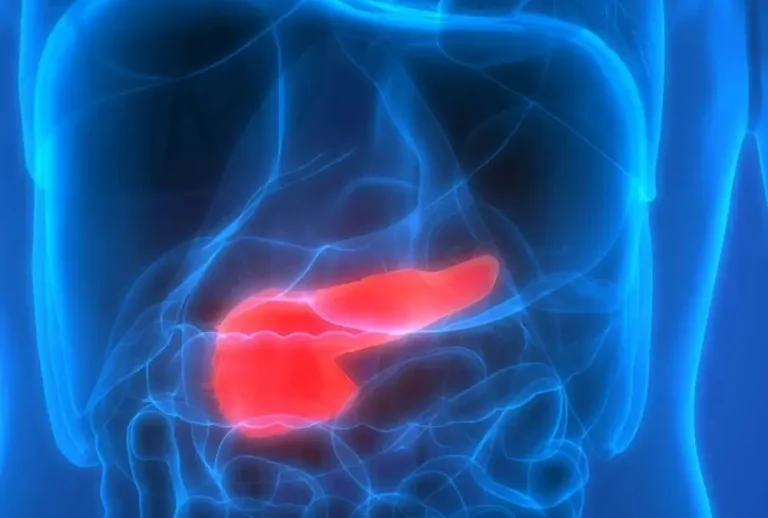
Diabetes
Diabetes mellitus (DM), more often just called Diabetes, is a group of metabolic lifestyle disorders and diseases in which a person has high blood sugar levels over an extended period of time. This is either because the islets of Langerhans, which are found in the pancreas, do not produce the required glucose-regulating peptide-hormone or, In some cases, because the cells of the body cannot or do not respond to the glucose-regulating hormone.
Diabetes is also alternatively known as high blood glucose, a condition in which the body doesn’t properly process or make use of food as fuel or as a sauce of energy.
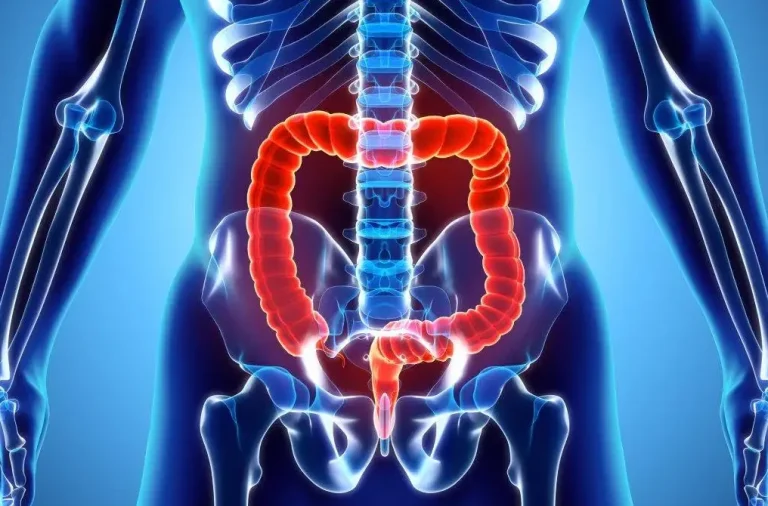
Ano-Rectal Disorders
Fistula can be regarded as a condition, which results from an abnormal connection (tract/sinus) that forms between two organs that are lined with epithelial cells. A fistula may be from the anal canal to the external surface of the skin near the anus (perianal skin), or between the rectum and vagina or urinary bladder. The main cause is the unattended abscess which leads to the tract formation from the anal canal.
Fistula in ano can be correlated to Bhagandara, one among the eight mahagadhas. A sinus tract (Nadi Vrana) in the region of Guda (anal region), is caused by an imbalance of all the three doshas and which gets lodged in the anal region due to its Kha Vaigunya (aggravated/obstructed Apana Vayu and increased pitta caused by long-standing, long sitting habits, constipation, issues of the digestive system, food habits which disturbs digestion and increases pitta).
Some of the treatment modalities include panchakarma, kshara Sutra, kshara karma, and agni karma external therapies, internal medications, activities, Diet and lifestyle changes.

Constipation
Constipation is derived from the latin word “constipare”, meaning “to press, crowd together”. It is a condition of the digestive system due to incorrect lifestyle and poor eating habits. Constipation also can alternate with diarrhoea. This pattern commonly occurs as in irritable bowel syndrome. At the extreme end of the constipation spectrum is faecal impaction, a condition in which stool hardens in the rectum and prevents the passage of any stool called obstipation.
Constipation Treatment in Ayurveda, is correlated to Vit Vibandha / Mala Baddhata / Koshta Badhata, where there is impairment in the digestive system – Pachaka Pitta, Samana Vata, Kledhaka Kapha at the level of the stomach and intestines and majorly the Apana Vata – in the large intestine which causes dryness in the lower alimentary tract, slowing down the peristaltic movements and drying up of fecal matter leading to constipation.

Gastritis & Digestive
There are various digestive disorders such as Gallstones, Celiac Disease, Ulcerative Colitis, Hemorrhoids and Diverticulitis.
Severe heartburn or a condition known as GERD, which is an abbreviation for Gastroesophageal reflux disease, is a common digestive disorder. It causes severe discomfort by affecting the lower part of the oesophagus, namely the lower oesophagal sphincter or LES, which is the muscular ring found between the stomach and the oesophagus.
Ayurvedic Diagnosis
Brief description of how Ayurveda diagnoses medical conditions and customizes natural treatment
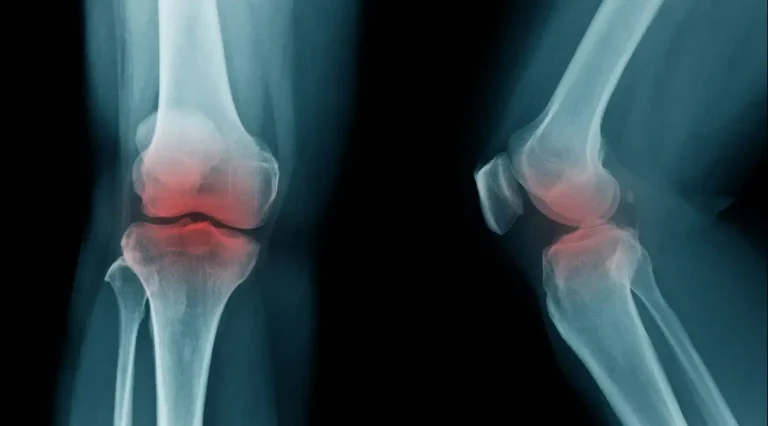
Arthritis - Osteoarthritis
The disease gradually worsens if not properly taken care of. There is no known cure for this disease in any system of medicine. Most of the modern medical treatments, although giving relief from pain, will cause different kinds of side effects.
However, Ayurvedic treatment for Osteoarthritis does not cause any side effects and gives longer-lasting results. In advanced cases, surgical procedures such as joint replacements relieve pain and provide mobility.
Ayurveda’s approach to the treatment of arthritis is similar to that of the Western medical world. However, it creates its curative effects through the use of age-old techniques and herbal remedies, these include but are not limited to, Virechana to remove excessive Ama toxins. The massage technique Abhyanga to provide the joins with lubrication and reduce the levels of pain brought on by Arthritis, osteoarthritis and rheumatism. Various Basti’s to reduce unwanted toxins and decrease and balance vata that has become unbalanced because of Arthritis and Osteoarthritis and Rheumatism. And one of the final treatments given to provide relief from Arthritic joint pain and swelling would be the application of the herbal paste Upanaham.
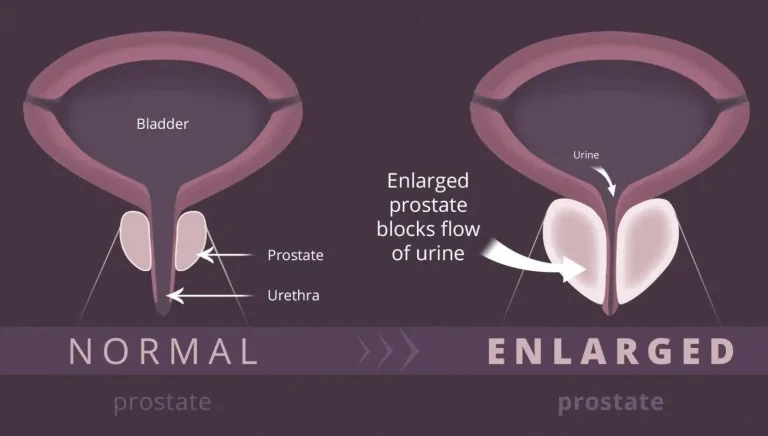
Prostate Hyperplasia
Prostate problems can become a serious issue for men after their 60s.
The prostate is located in the area of the body that is governed by Apana vata, which includes the colon, lower abdomen, elimination, and reproductive areas. Due to the fact that the prostate is governed by Apana Vata, whatever aggravates Apana Vata creates pressure on the prostate.
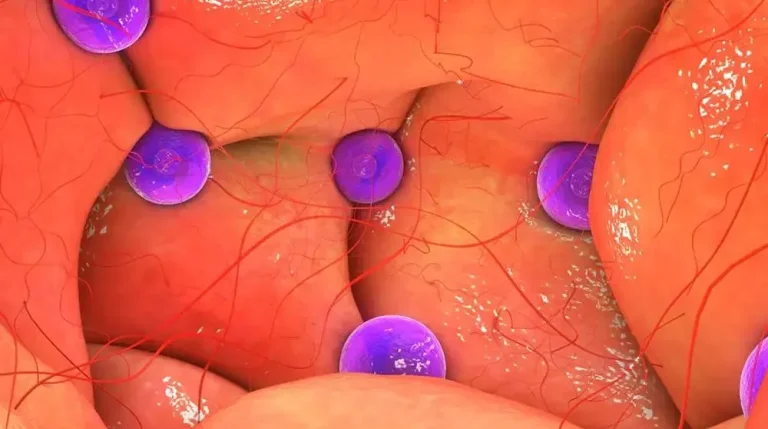
PCOS
Polycystic Ovary Syndrome or Disease is one of the most common and regularly detected disorders that affect the endocrine system in women. It is estimated the condition affects between 5 to 25 % of females who are in their reproductive years (between the ages of 15 to 45 years old).
Polycystic Ovary Syndrome or disease is triggered in women due to a combination of environmental and genetic factors. There are a variety of risk factors, some of which include excessive weight, a lack of or not enough physical exercise and a family history of the condition.
Diagnosis is generally based on the occurrence of two of the following three physical conditions; a lack of ovulation, excessively high levels of androgen and cysts in the ovarian region of the reproductive system.
These cysts are generally detected through the use of an ultrasound.
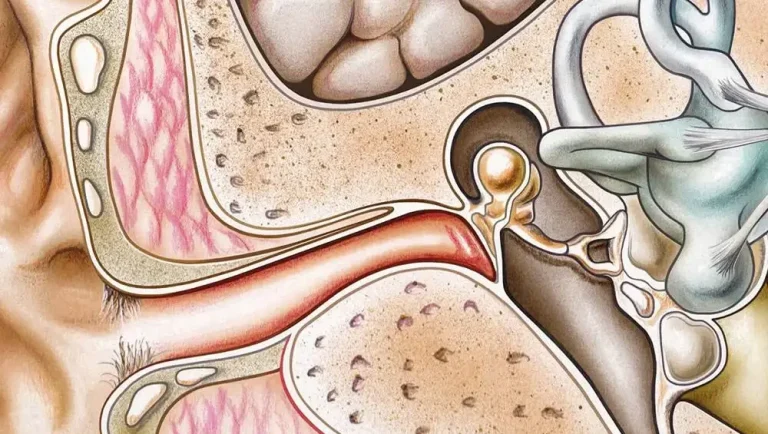
Tinnitus
Tinnitus is the perception of sound in one or both ears. The term “tinnitus” derives from the Latin word tinnire, meaning to ring. It is often referred to as “ringing in the ears”. This ringing can be intermittent or constant with single or multiple tones and its perceived volume can range from subtle to shattering.
Tinnitus is a symptom (and not a disease) and therefore reflects an underlying abnormality. Tinnitus can be sensorineural, with vertigo, or fluctuating.
Within the science of Ayurveda, this condition is considered as a Vataja disorder and can, therefore, be correlated with Kannada or Karna Sweda.

Acne
Acne is usually a result of excessive oil secretions that develop on the surface of the skin, due to fluctuating hormone levels a variety of external physiological factors and, in some cases, a certain level of negligence pertaining to a skincare regime.
Acne, which is also known as acne vulgaris, is a long-term disorder of the skin that occurs in the body when the hair follicles become blocked and clogged with dead skin cells and with the naturally occurring oil that is produced by the skin. Acne is characterized by a number of treatable symptoms, some of which are oily skin, blackheads or whiteheads, or both, pimples and possibly permanent scarring if left untreated or mistreated (squeezing, picking or scratching). Acne primarily affects areas of the skin that have relatively high numbers of oil glands, such as the upper chest area, the face and the back.
We treat Acne with freshly produced salves and balms and combat it using a wide variety of authentic Ayurvedic medicinal herbs, each of which have unique healing properties.

Psoriasis
Psoriasis is an autoimmune, long lasting, non-contagious skin disorder that results in the hyperproliferation of the skin. Hyperproliferation is an abnormally high rate of proliferation of skin cells by rapid division. It is characterised by dry, rough, raised red patches on the skin’s surface covered with fine silvery scales. The patches on the skin are typically itchy, inflamed and scaly. Psoriasis has a scope of variation in severity from tiny, localized patches like; the outside of the elbows, knees or scalp, to outbreaks of the inflamed area that can lead to completely covering the body.
Ayurvedic Diagnosis
Brief description of how Ayurveda diagnoses medical conditions and customizes natural treatment
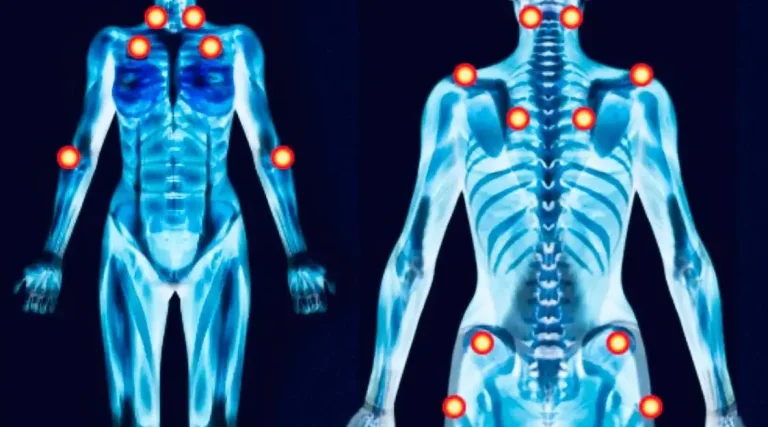
Fibromyalgia
Fibromyalgia is a neurosensory disorder which is described as chronic pain and stiffness in muscles and joints. Signs and symptoms include a generalized muscular ache in combination with tender points at the back of the head, shoulders, and front sides of the neck, outer elbows, chest, hips, and knees. Women in their mid-thirties to late-fifties are much more likely to develop fibromyalgia than men.
Within the science of Ayurvedic medicine, Fibromyalgia is considered a disease caused primarily by an imbalance of the Vāta dosha), with the Pitta and Kapha playing a part. It is part of a group called Vāta vyādhi, which consists of 80 diseases of a chronic and unpredictable nature, which are difficult to cure, involving primarily the musculoskeletal system and the nervous system.
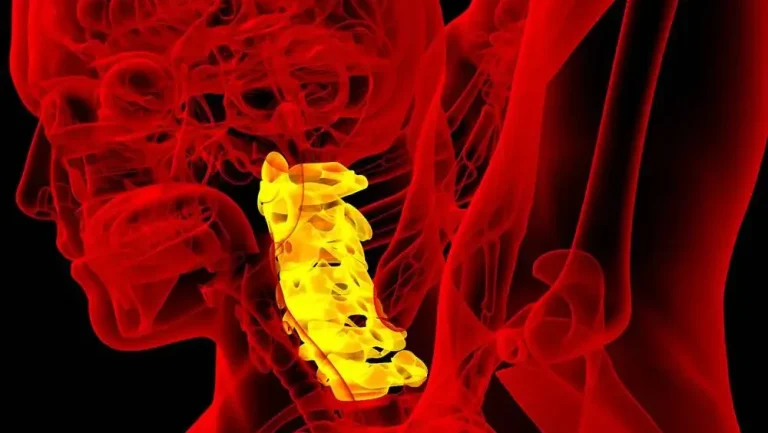
Disc Herniation
A disc herniation or a prolapsed intervertebral disc is more commonly known as a slipped disc. A slipped disc is a spinal disc that has shifted out of its original position, applying pressure and compression to spinal nerves and to the sciatic nerve that runs through the spine. This causes extreme pain due to compression of the nerves and can result in severe muscular spasms.

Depression
In Ayurveda, depression is called Vishada or avasada, and it is caused due to aggravated physiological imbalances. Depression is an illness that infiltrates the body system, and when this happens, it affects the way a person feels about things and situations.
In Ayurveda, it is believed that depression results from vitiated doshas in the brain, as the prana vayu, sadhaka pitta, and trapaka kapha, which suppresses Ojus, leading to loss of desire to participate in one’s life’s activities.

Stomach Ulcers
Could one ancient healing tradition hold the key to soothing stomach ulcers for good?
Peptic ulcers affect about 10% of people at some point. Ayurveda focuses on balancing Pitta dosha. It also helps the stomach lining and fights Helicobacter pylori infection, found in up to 90% of peptic ulcer patients.

Stress Management
Ayurveda presents deep insights into the nature of strain and what we are able to do about it. Vata, pitta and Kapha are the mind-human body types that help us understand why the body functions the way it does and how best to manage ourselves.
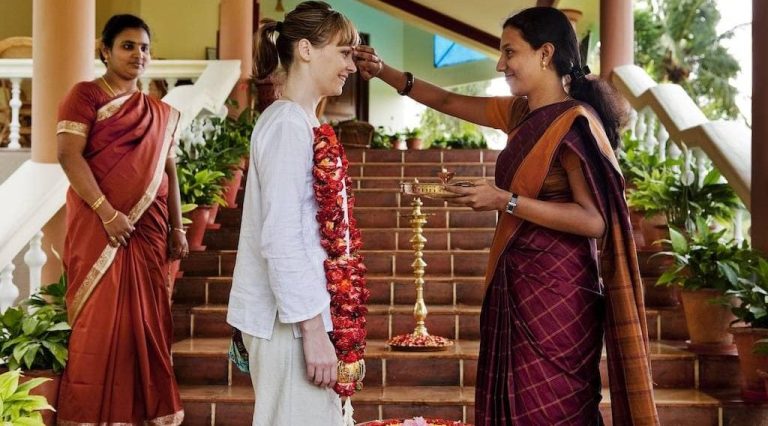
Weight Management
Ayurveda, could be considered the sister science to yoga. It seeks to avoid disease and promote overall health, harmony, and longevity through simple recommendations that follow the healthy rhythms of aspect, the seasons, and the time of day.
Ayurvedic Diagnosis and Treatment
Discover more about our extensive range of professional services. We constantly update this page, but if you still can’t find what you’re looking for, please feel free to get in touch with us – we will be more than happy to help.

Asthma
Asthma is a chronic inflammatory reversible lung disease that inflames, produces extra mucus, causes spasms and narrows the airways. This can make breathing difficult causing coughing, wheezing and shortness of breath.
In Ayurveda, asthma can be correlated to Tamaka Swasa. Ayurveda attributes the root cause of tamaka Swasa as stomach / gastrointestinal tract disturbance, with the imbalance of Vata and Kapha, where Vata takes a wrong course in moving in an upward direction and causes the increase in Kapha in the region of throat and head. Asthma is regarded as a respiratory ailment that is easily aggravated by seasonal variations, emotions and lifestyles.
Ayurveda treatment for asthma: “Tamaketu Virechanam” – Virechana is the specific treatment considering the site of origin.
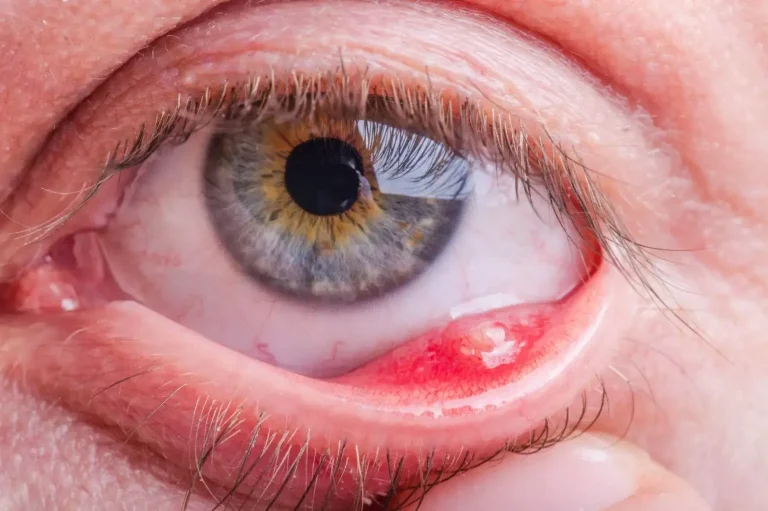
Dry Eye Syndrome
Dry eye syndrome is a common condition that results from reduced tear production or excessive tear evaporation, or an abnormality in the production of mucus or lipids normally found in the tear layer, or a combination of these. If blinking is decreased or if the eyelids cannot be closed, the eyes may dry out leading to dry eye.
In Ayurveda, it is correlated to Shushkaakshi Paka. Ashru – Tear, is one among the non-suppressible urges, and suppression of tears leads to running nose – rhinitis, pain and discomfort in eyes, dizziness.
Ayurvedic treatment involves amongst other things:
- Correction of digestion and balancing the doshas.
- Correction of Vata in the Pitta Sthana (Eyes)
- Virechana followed by Nasya

Pre-Menstrual Syndrome
Pre-menstrual syndrome (PMS) is an abnormal response to normal hormonal changes. It’s a group of symptoms that appears one or two weeks before menstruation and disappears once menstruation starts. It’s a menstrual disorder that affects women at some time during their lives.
According to Ayurveda, Pre-Menstrual Syndrome occurs as a result of imbalances of the doshas. Ayurveda sees Pre-menstrual syndrome as a build-up of imbalanced doshas in the body. An important assessment of Ayurveda comes from the understanding that the type of symptoms a woman experiences during PMS largely depends on the type of imbalance that is present in the physiology (Vata, pitta, and kapha) when the menstrual cycle begins.
Line of treatment:
- Balancing the doshas (through various ayurvedic treatment modalities), creating strong digestion, stress management, Counselling

Piles and Haemorrhoids
Haemorrhoids commonly known as piles are swollen blood vessels in or around the anus and rectum. The haemorrhoidal veins are located in the lowest part of the rectum and the anus. Sometimes they swell so that the vein walls become stretched, thin, and irritated by passing bowel movements. Haemorrhoids are classified into two general categories: internal and external.
Ayurveda treatment in Haemorrhoids:
Aggravated Pitta Dosha leads to the impairment of digestive fire and accumulation of toxins (ama) in the digestive gut. These toxins impair the functioning of the digestive gut, causing irregular diarrhoea and flatulence, and further leading to the aggravation of Vata Dosha. Aggravated Vata causes swelling of Haemorrhoids, a condition that is referred to as ‘Raktarsh’ (bleeding piles).
The treatment modalities includes panchakarma, kshara Sutra, kshara karma, and agni karma external therapies, internal medications, Activities, Advice of food and lifestyle changes

Bulimia
Bulimia is an eating disorder, in which the person regularly binge-eats and then tries to compensate for that behaviour by purging/emesis and doing excessive exercises. Research suggests upto 8% of females will have bulimia nervosa at some point in their lives.
The science of Ayurveda approaches bulimia with a holistic approach. Maintaining a good state of health largely depends on the human’s mind-body constitution or Prakruti. Eating disorders are related to agni type, stress response, and food allergies, and thus, an imbalance in the doshas (vata, pitta, and Kapha).
Persons with vishama agni readily forget to eat. Also, people with tikshnagni (pitta agni type) have the utmost difficulty in refraining from eating. Persons with vata would find it easy to build a pattern of missing meals, thereby making them prone to anorexia/bulimia or drive and binge, while an individual with tikshnagni is likely to have a sweet mouth and potentially debauch on sugar.
Ayurvedic Treatment for Bulimia modalities includes Panchakarma, external therapies, internal medications, activities, advice of food and lifestyle changes.

Cardiovascular Disease
Cardiovascular disease includes all the diseases of the heart and circulation including coronary heart disease, heart failure, congenital heart disease and stroke. it is also called heart and circulatory disease.
According to Ayurveda, the heart is one vital organ that has the spirit of all body tissues and further helps in maintaining and promoting a healthy life. The body is governed by three doshas named as Vata, Pitta and Kapha, and the human heart is also managed by three sub-doshas commonly known as Vyana Vata (blood flow and beat), Sadhaka Pitta (emotional balance), Avalambaka Kapha (Sense of security). A healthy heart also leads to a healthy mind.
n Ayurveda, the coronary heart disease results from a Kapha- provoking sedentary lifestyle, coupled with excess consumption of fatty foods, especially trans-fats, and insufficient intake of fruits and vegetables.
Ayurveda aims at striking at the very root of the disease, by addressing the disease holistically at its very root.
©Copyright. All rights reserved.
We need your consent to load the translations
We use a third-party service to translate the website content that may collect data about your activity. Please review the details in the privacy policy and accept the service to view the translations.

